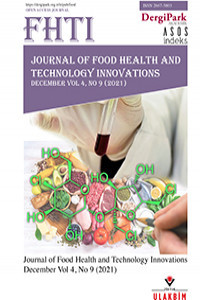Functional Properties and Health Benefits of Cruciferous Vegetables
Functional Properties and Health Benefits of Cruciferous Vegetables
In recent years, the trend of consumption foods high in fiber and low in calories has been increasing due to consumers demands for a healthy and balanced diet. Hence, the vegetables-rich dietary regimes are becoming progressively important all over the world. The vegetables in Cruciferae (Brassicceae) family have worldwide consumption and popularity since scientific investigations confirm these vegetables are related to lower incidences of many chronic diseases such as type-2 diabetes, osteoporosis, obesity, cardiovascular disease and cancer. Beside on essential nutrients that promote the body, member of cruciferous vegetables have also contain healthy beneficial phytochemical compounds including carotenoids, anthocyanins, flavonoids, antioxidant enzymes, sulfur containing glucosinolates, coumarins, tocopherols and terpenoids. It is known that these compounds have anti-inflammatory, antimicrobial, antioxidant, antiobesity, cardioprotective, and gastroprotective activities. Pharmacological effects and nutritionally valuable compounds enhance the popularity of the plants in Brassicaceae family and lead to future functional food applications.
